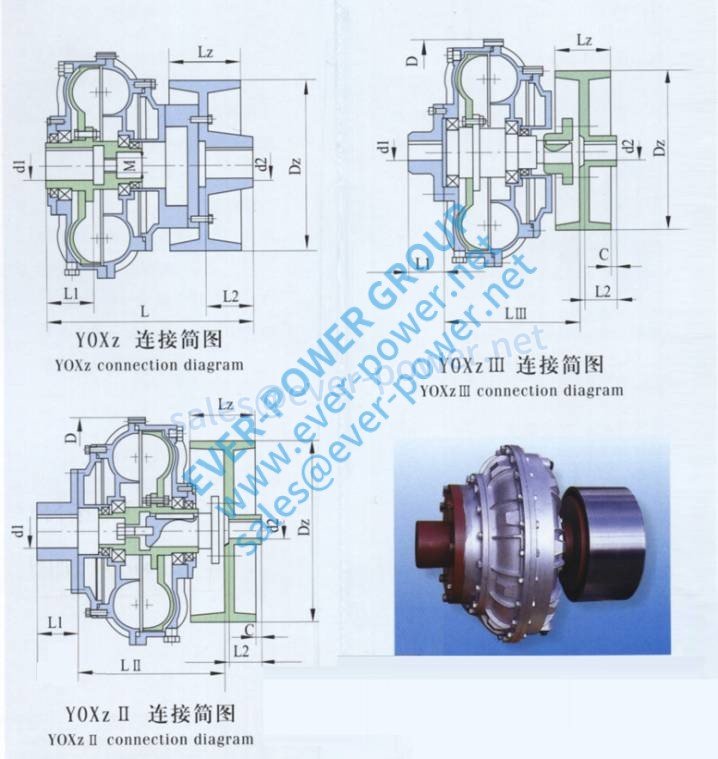fluid coupling
characteristics
eleven dimensions
Designs obtainable using couplings (Para-Flex and DGF Gear) or V-Belt drives
Accommodates up to four.seventy five inch shafts and 1400 horsepower applications
Sleek, managed acceleration with customizable startup torques
Motor starts off under no load, allowing the use of common NEMA design and style B motors and 
No bodily connection is current, allowing for defense underneath overload conditions
Widespread Industries
Air Managing
Mining
Paper & Forest
frequent applications
Conveyors (Bulk Substance Dealing with)
Any application requiring overload safety
Any application with a large-inertia startup
Overview
Fluid coupling on Transfluid’s 
A fluid coupling is composed of a few components, in addition the hydraulic fluid:
The housing, also acknowledged as the shell[five] (which need to have an oil-restricted seal around the generate shafts), includes the fluid and turbines.
Two turbines (fanlike components):
1 connected to the enter shaft acknowledged as the pump or impeller,[5] principal wheel[five] enter turbine
The other connected to the output shaft, acknowledged as the turbine, output turbine, secondary wheel[5] or runner
The driving turbine, known as the ‘pump’, (or driving torus[a]) is rotated by the prime mover, which is usually an inner combustion motor or electric powered motor. The impeller’s movement imparts each outwards linear and rotational motion to the fluid.